Rwanda’s Challenging Journey in Tourism and Infrastructure Development
Since Rwanda’s inception, much has been done to foster development in various sectors of life. Although we cannot say these efforts reached an advanced level, they required the country’s and Rwandans’ concerted efforts. After the 1994 Genocide against the Tutsi, the country was left devastated, losing both people and essential infrastructure.
This article provides an overview of the country’s infrastructure and tourism development.
Cement-built houses


In 1991, only 7.1% of houses in Rwanda were built with cement, most of which were concentrated in Kigali and a few commercial centers. In rural areas, houses were often made with limestone, manure, or even traditional grass-thatched roofs. By 2022, 48.1% of households lived in cement-built homes, with grass-thatched houses becoming a thing of the past.
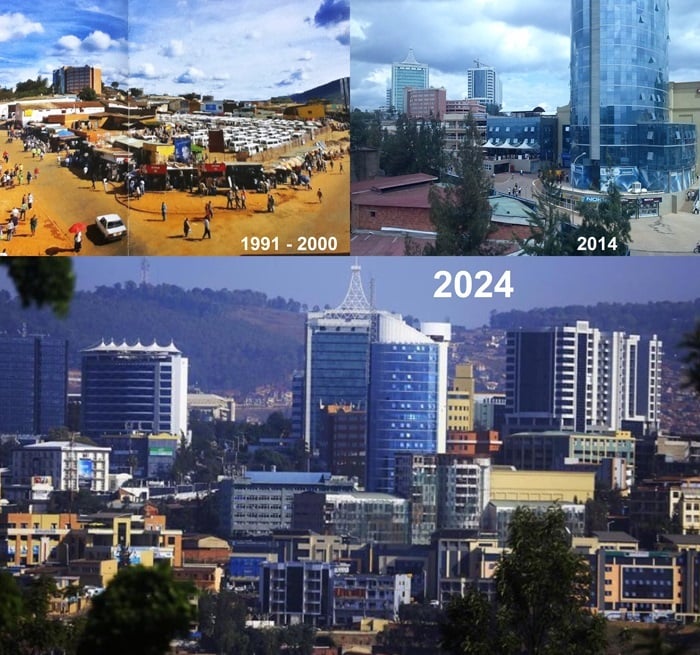
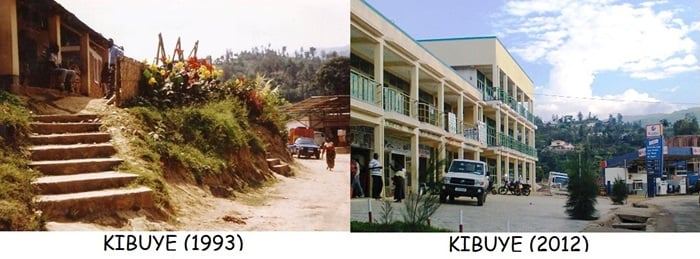 Cement houses, both old and new, have also varied depending on financial capabilities. Currently, the government has promoted the construction of planned settlements (imidugudu), and most homes, whether in rural or urban areas, are now built with cement, reflecting the rise from 7.1% in 1991 to 48.1% in 2022.
Cement houses, both old and new, have also varied depending on financial capabilities. Currently, the government has promoted the construction of planned settlements (imidugudu), and most homes, whether in rural or urban areas, are now built with cement, reflecting the rise from 7.1% in 1991 to 48.1% in 2022.
Access to water

In 1991, only 26.3% of people in Rwanda had access to water. Today, 87.4% of the population can access clean water. This significant increase was driven by efforts that started with the reforms of ELECTROGAZ, the national water and electricity company (1976 – 2009), and culminated in its division into REG and WASAC in 2014, aiming for broader service provision.
Rwanda currently has four major water treatment plants, including the Nzonve II plant in Kanyinya, Gasabo District, with a capacity of 105,000 cubic meters, adding to the Karenge plant in Rwamagana District (15,000 cubic meters) and Kimisagara plant in Kigali (25,000 cubic meters).
Additionally, the new Kanzenze water plant in Bugesera District has a capacity of 40,000 cubic meters per day, with 30,000 cubic meters supplying Bugesera and 10,000 cubic meters allocated to Kigali City.
Access to electricity
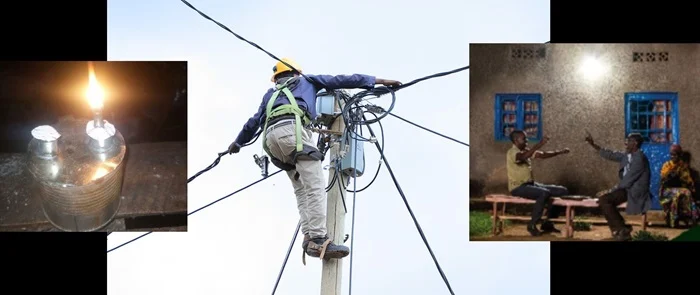
According to data from the World Bank, only 2.4% of Rwanda’s population had access to electricity in 1991, increasing to 6% by 2009, and reaching 74.3% by 2023.
Rwanda has achieved 100% electrification in health centers and district administrative buildings, with 84% of schools and small and medium enterprises (SMEs) now connected to electricity.
Paved road

Before the 1994 Genocide against the Tutsi, specifically in 1993, Rwanda’s roads were mostly unpaved, with heavy dust covering the country during the dry season, especially in areas surrounding Kigali and rural regions.
Now, many roads around Kigali are paved, with new ones being constructed, bringing the total length of paved roads to 2,652 km by 2024, up from 530 km in 1993.
Transportation
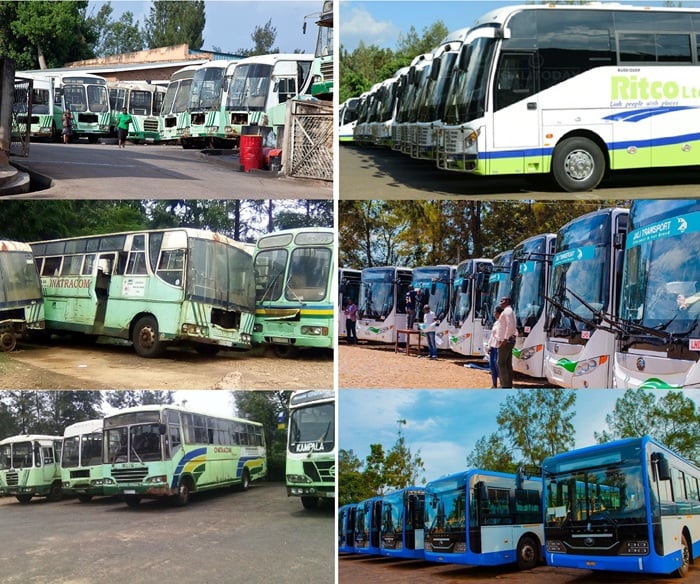
Rwanda’s transport sector has seen significant improvements, especially with the liberalization of the industry, allowing private companies to contribute to its growth.
Before the Genocide, there was only one public transport company, ONATRACOM, which operated with 40 buses (Nissan and Fuji brands) in 1983, alongside 15 smaller Daihatsu buses. After the Genocide, new ISUZU buses were introduced.
ONATRACOM was later supplemented by private vehicles, but these were still inadequate, often mixing passengers with livestock and cargo, creating tough conditions for vulnerable individuals.
By 2016, ONATRACOM was struggling, despite support from private operators, and was ultimately dissolved due to debt amounting to 4.6 billion RWF. Its 80 remaining buses were sold to Kenya for refurbishing. ONATRACOM was replaced by RITCO, one of the 47 transport companies operating in Rwanda today, with a total of 2,948 vehicles, including large and small buses.
Hotels with star ratings

In 1991, Rwanda only had two hotels with star ratings: Hotel des Mille Collines and Hotel Meridien Umubano. By 2022, the country boasted 37 star-rated hotels, including five-star hotels such as Kigali Marriot Hotel, One&Only Gorilla’s Nest, and Radisson Blu Hotel & Convention Centre.
Tourism
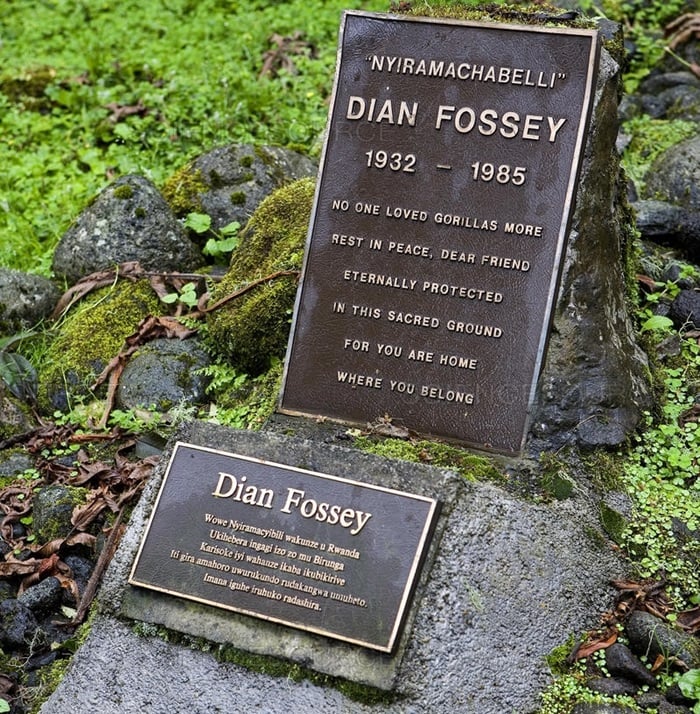
Tourism also plays a key role in boosting exports. In 2014 alone, it brought in $305 million, while RDB’s 2023 report shows that tourism revenues increased by 36%, from $445 million in 2022 to $620 million in 2023 (around 800 billion RWF).
This growth stems from the rising number of tourists, with 32,000 visitors in 1988 compared to 1.4 million in 2023.
Gorillas
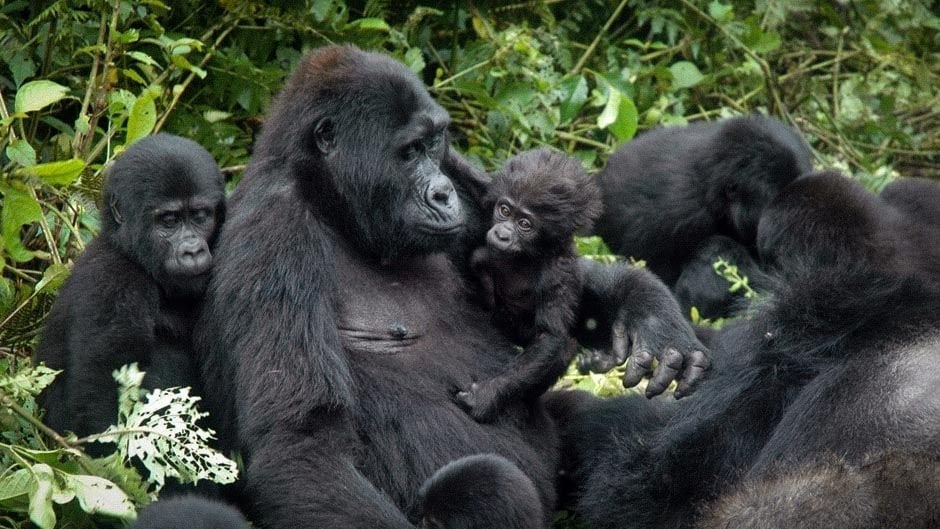
In 1989, Rwanda’s Volcanoes National Park had 355 gorillas. Today, according to RDB, there are 1,000 gorillas in Rwanda, including 604 in the Volcanoes region.
This increase is due to efforts to conserve the gorillas, particularly those in the Volcanoes National Park. As a result, they are no longer classified as critically endangered species, unlike 21 years ago.
RDB’s data further shows that Rwanda earned $247 million in the first six months of 2023, a 56% increase compared to the same period in 2022.
Multilingual population
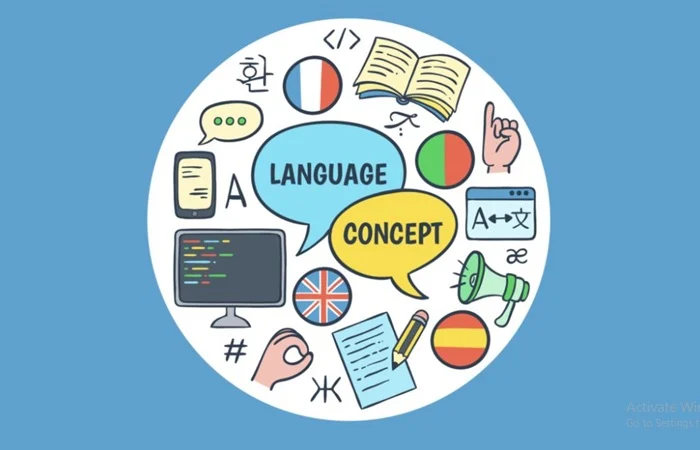
In 1991, only 8.3% of Rwandans were fluent in more than one language across sectors like governance, business, and tourism, compared to 24.8% in 2024.
This improvement in language proficiency is attributed to the establishment of private and international schools over the years that teach in French, English, and other languages, requiring qualified teachers from both Rwanda and abroad.
A 2018 World Bank report indicated that more training is needed for English teachers, as only 38% of primary school teachers from grades one to three had sufficient English proficiency.
People with hearing and speech impairments can now follow TV broadcasts, thanks to the Rwandan government’s initiative to train journalists in sign language.
Rwanda also has language schools offering Swahili, English, French, Chinese, German, Portuguese, Spanish, and more.
Heritage museums
Due to flawed politics distorting the country’s history, little effort was put into preserving Rwanda’s heritage and history. In 1990, the country only had two heritage museums, both lacking international standards.
The most famous of these was the National Museum of Rwanda in Butare (Huye), now known as the Ethnographic Museum. The other was the Richard Kandt Museum, named after the German colonialist in Nyarugenge, Kigali.
Today, Rwanda has the following heritage museums:
1. Ethnographic Museum
2. King’s Palace Museum in Nyanza
3. Museum of Rwandan Liberation
4. Richard Kandt Museum
5. Campaign Against Genocide Museum (two sections)
6. Museum of Arts and Crafts
7. Museum of Natural History
8. Rwanda Liberation War Museum

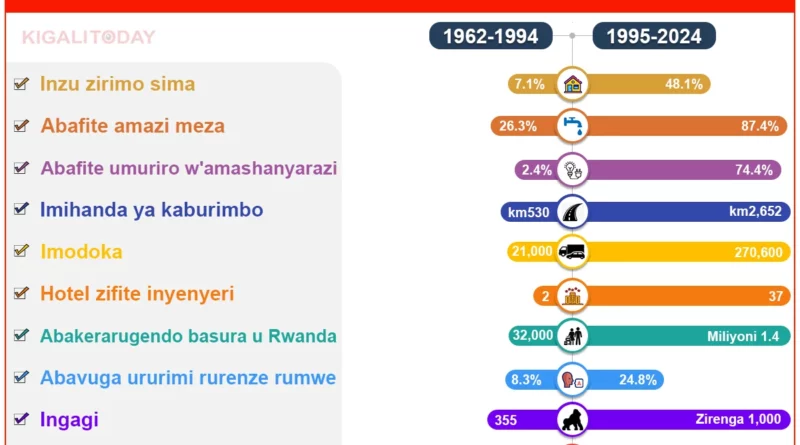
I simply needed to appreciate you yet again. I’m not certain what I would have undertaken in the absence of these solutions documented by you directly on that topic. It became a troublesome matter in my view, nevertheless witnessing your expert style you dealt with that made me to weep with happiness. I’m just happier for this support and trust you find out what an amazing job that you are accomplishing educating most people by way of your websites. Most likely you haven’t met any of us.